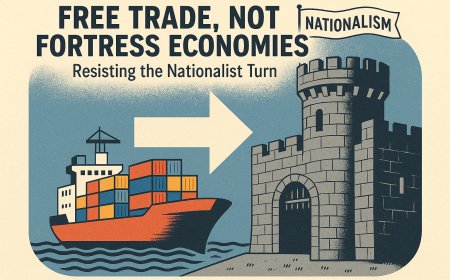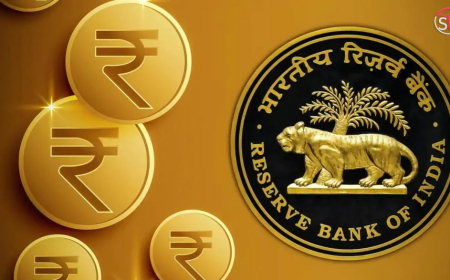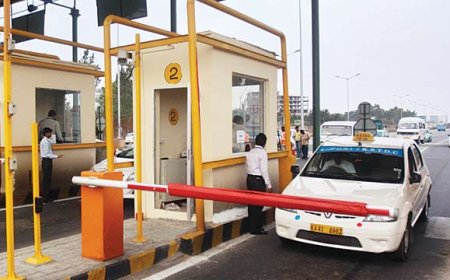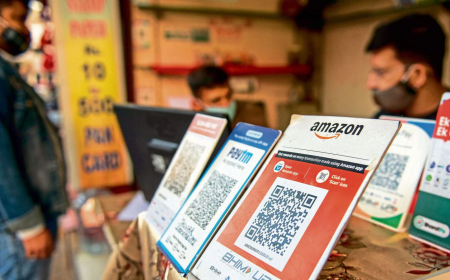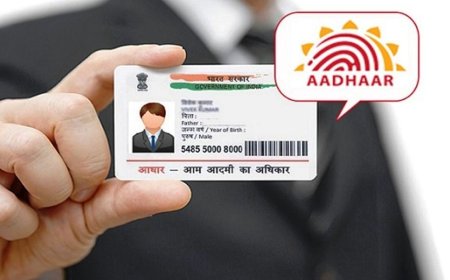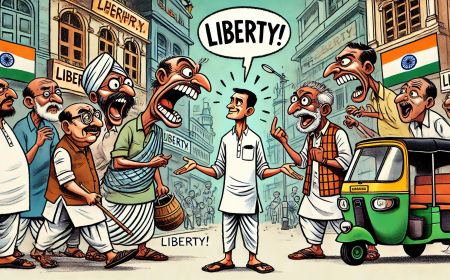Privatization and Free Markets: A Libertarian Perspective on Infrastructure and Innovation - Podcast 3
Discover how privatization and free markets can revolutionize India's infrastructure, transportation, and economy. Learn why government bailouts harm innovation and how market-driven solutions lead to efficiency and growth.

Government intervention in the economy, especially through bailouts and public sector control, often distorts market dynamics, suppressing innovation and competition. A libertarian approach argues that privatization and free markets foster better outcomes by allowing businesses to compete and innovate without unnecessary bureaucratic restrictions. This article explores key areas where privatization can drive efficiency and progress, focusing on bailouts, infrastructure, and transportation.
1. Why Do Government Bailouts Harm the Economy?
Bailouts often shield failing businesses from the natural consequences of poor decisions. When the government steps in to rescue struggling industries, it disrupts the self-correcting mechanism of the free market. Instead of allowing competition and merit to determine success, government support creates a cycle of dependency.
In India, movies and political discourse frequently advocate for government intervention, especially in cases like farmer distress. However, libertarians argue that eliminating bailouts would create a fairer system where businesses and individuals succeed based on efficiency and innovation, not state favoritism.
2. Can Privatization Improve Infrastructure Like Roads and Railways?
Publicly funded infrastructure projects are often plagued by inefficiency, corruption, and delays. Privatization introduces competition and profit incentives, leading to faster and more effective project completion. India has already seen successful privatized highways, which demonstrate better maintenance and service quality than many government-managed roads.
The railway sector is another prime candidate for privatization. The introduction of bullet trains and high-speed rail networks has been sluggish due to bureaucratic inefficiency. If private enterprises were allowed to operate railway lines, they could improve infrastructure, implement advanced technology, and enhance passenger services. Even helicopter services for urban mobility could flourish under a free-market model.
3. How Does Competition Drive Innovation in Transportation?
When competition is allowed to thrive, it leads to better services and lower prices. For example, Rapido, a private ride-sharing company, has disrupted the auto-rickshaw industry by offering cheaper fares and superior service. However, government restrictions and union-backed monopolies often attempt to stifle such innovations.
In cities like Mumbai, where auto-rickshaws operate under union control, customers suffer from higher prices and unreliable service. By removing restrictive policies and allowing more private players into the market, transportation quality can significantly improve.
4. What Are the Key Benefits of Free-Market Solutions?
A free-market approach ensures that only the most efficient and customer-friendly businesses survive. Privatization in key sectors like transportation and infrastructure leads to:
- Better service quality through competition
- Lower prices due to market-driven pricing
- Innovation as businesses seek to differentiate themselves
- Reduced corruption since private enterprises operate with profit motives rather than political agendas
5. What is the Future of Privatization in India?
India has already begun experimenting with privatization in airports, highways, and telecom services, with remarkable success. The next step is to expand this model to railways, urban roads, and public transport, creating a more efficient and responsive system.
The libertarian vision is clear: less government interference leads to better market outcomes. By embracing private-sector innovation, India can ensure sustainable economic growth, improved public services, and enhanced quality of life for its citizens.
Conclusion: A Market-Driven Future
The key takeaway from this discussion is that privatization fosters innovation, efficiency, and growth. Whether in transportation, infrastructure, or economic policies, government control often slows progress, while free markets empower businesses to serve consumers better. If India continues on the path of market-driven solutions, it can unlock new opportunities for progress, ensuring that competition and merit—not bureaucracy—determine success.
What's Your Reaction?












